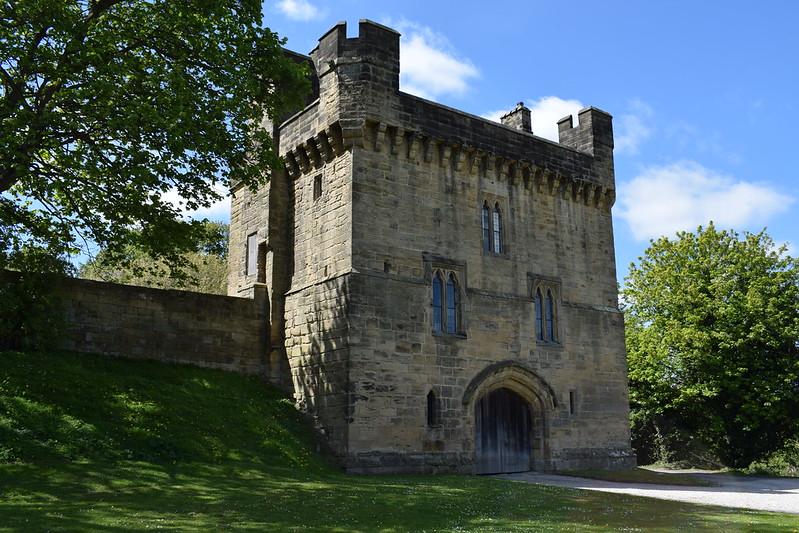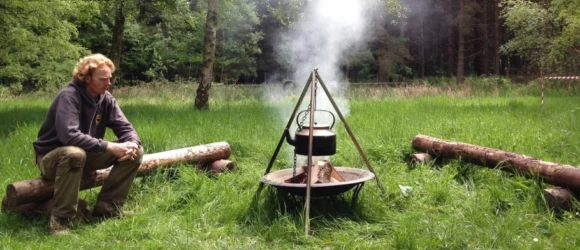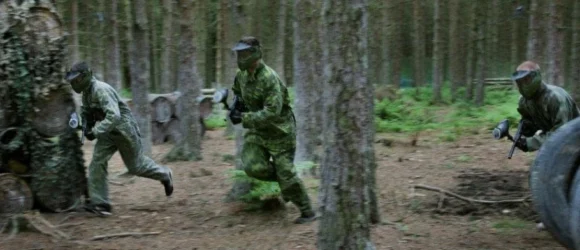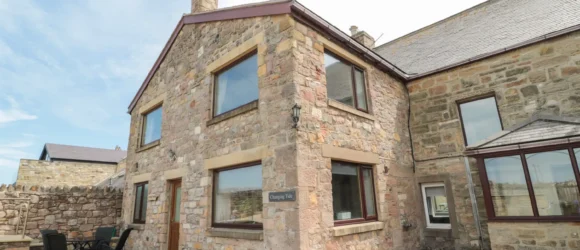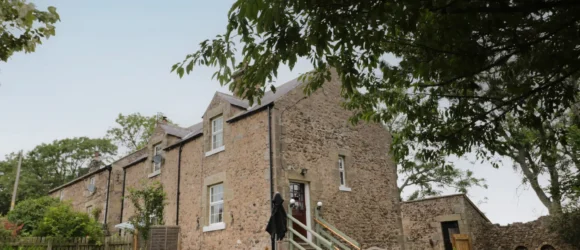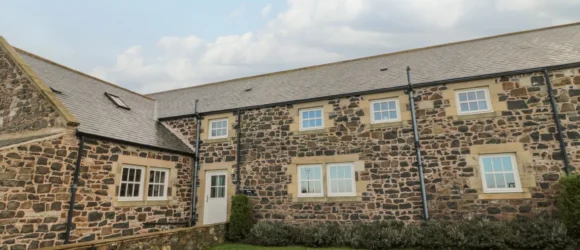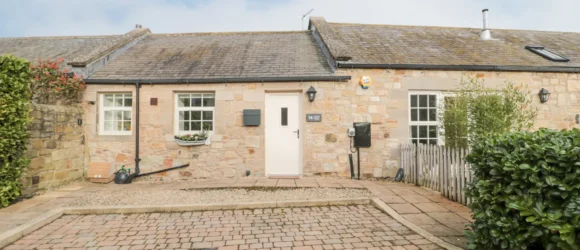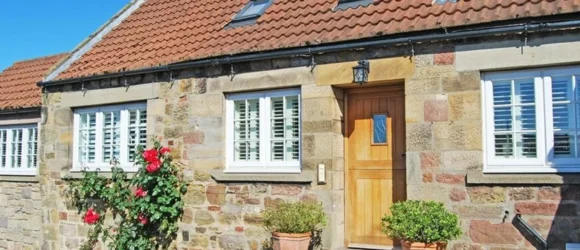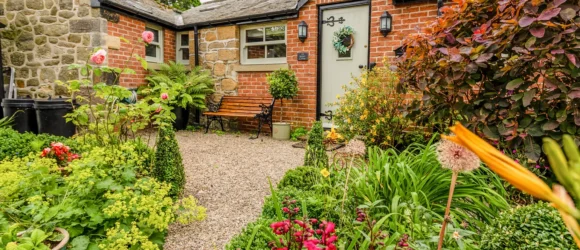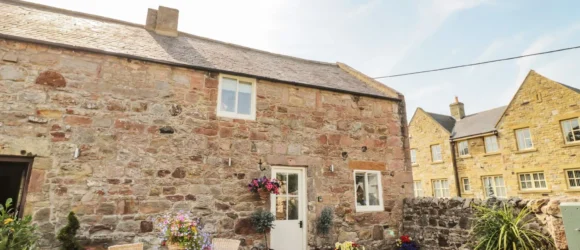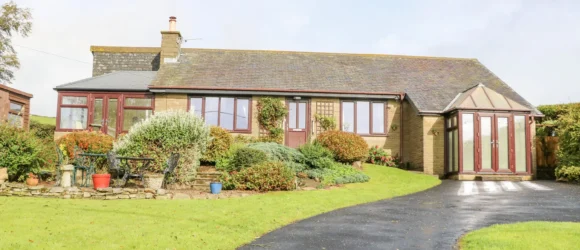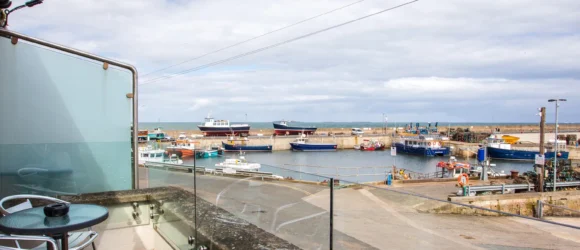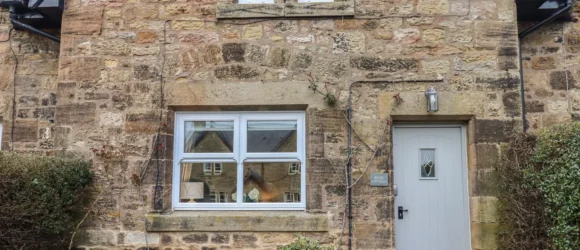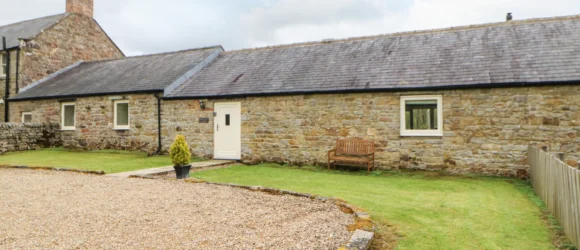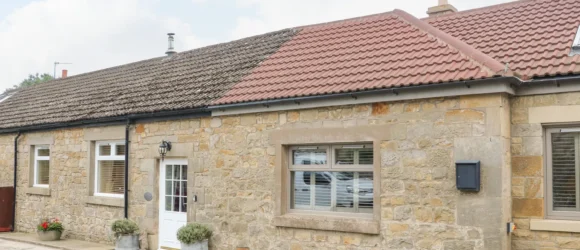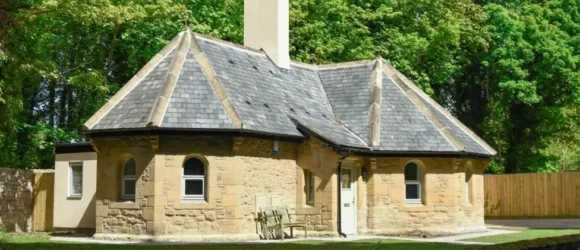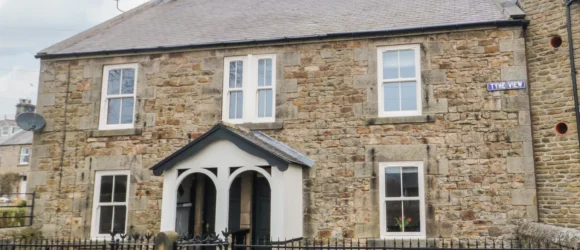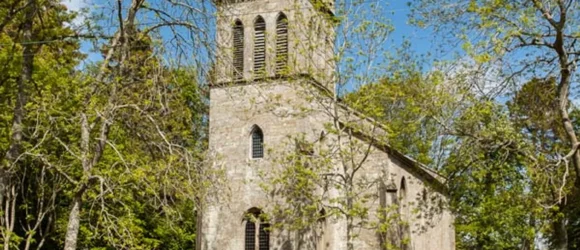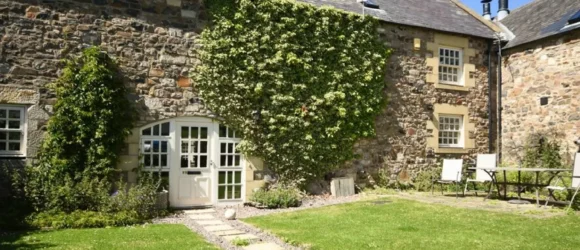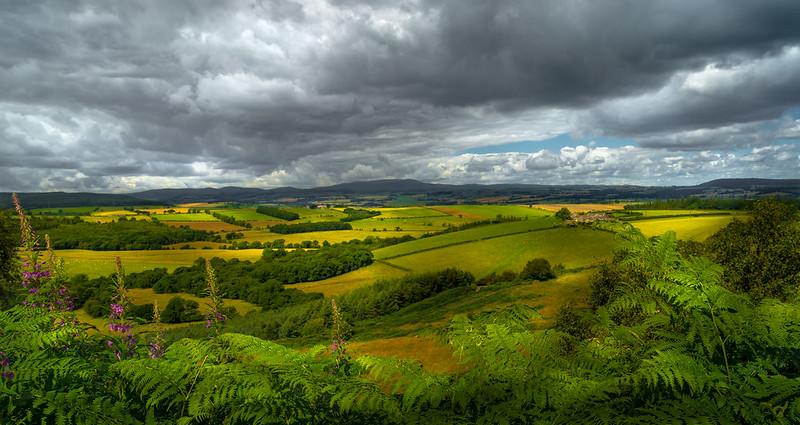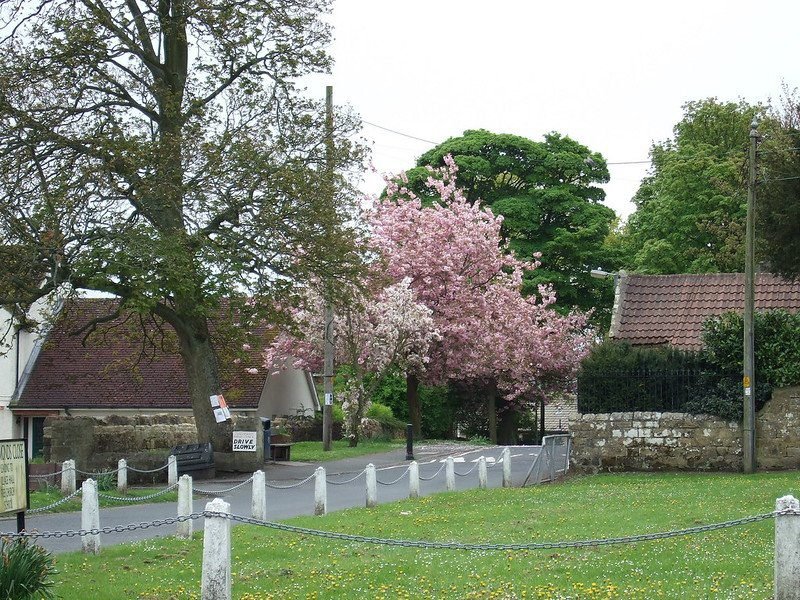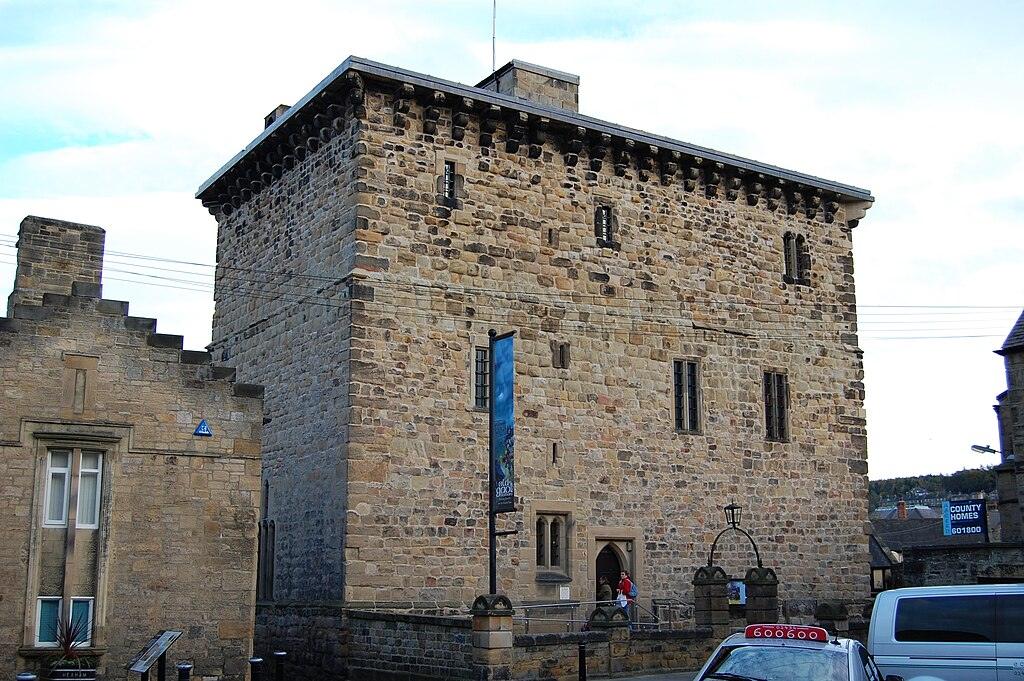Nestled in the picturesque town of Morpeth, Northumberland, Morpeth Castle stands as a testament to the region's rich history and architectural heritage. Originally built in the 12th century, this historical gem has witnessed centuries of change, serving various roles from a royal fortress to a private residence.
Today, it offers visitors a glimpse into the past while providing a serene backdrop for leisurely exploration. This article delves into the castle's history, architectural features, surrounding landscapes, and essential visitor information for those looking to experience this remarkable site.
The Rich History of Morpeth Castle Unveiled
Morpeth Castle's history dates back to the Norman Conquest when it was established as a defensive stronghold. The castle was strategically positioned to oversee the River Wansbeck, serving as a vital point for controlling the surrounding area. Over the centuries, it has undergone numerous modifications, reflecting the changing needs and tastes of its inhabitants.
The castle was initially constructed by the Normans, but it was later expanded and fortified during the medieval period, showcasing the evolution of military architecture. In the 13th century, Morpeth Castle became the residence of the powerful de Merlay family, who played a significant role in the region's governance.
The castle's importance grew as it became a centre for local administration and justice. However, by the 16th century, the castle began to decline in prominence, and its military function diminished. It was eventually transformed into a private residence, which led to further alterations in its structure and design.
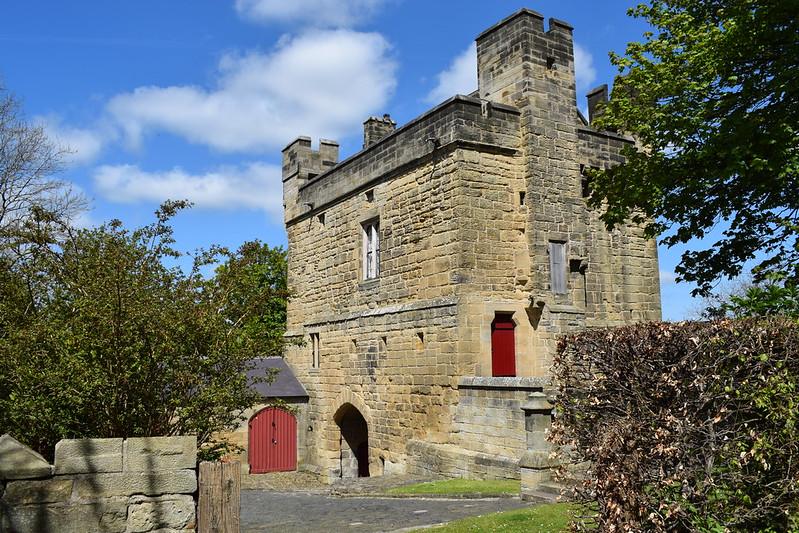
The castle's historical significance is further highlighted by its connection to notable figures, including King Henry II, who is said to have visited the castle during his reign. Additionally, the castle has been the site of various historical events, including skirmishes and negotiations, making it a focal point of Northumberland's turbulent past.
Today, the castle stands as a reminder of the region's feudal history and the stories of those who once inhabited its walls. In recent years, efforts have been made to preserve and restore Morpeth Castle, ensuring that its historical legacy is not lost to time.
The castle is now a protected structure and ongoing conservation work aims to maintain its integrity while allowing visitors to appreciate its historical significance. As a result, Morpeth Castle continues to be a source of fascination for historians, architecture enthusiasts, and tourists alike.
Architectural Features That Define Morpeth Castle
Morpeth Castle is characterised by its impressive architectural features, which reflect the various styles and periods of its construction. The castle's most striking element is its imposing stone walls, which were built for both defence and aesthetic appeal. The use of local sandstone gives the castle a distinctive appearance, blending harmoniously with the surrounding landscape.
The walls are punctuated by narrow arrow slits, a common feature in medieval fortifications, which allowed defenders to protect the castle while remaining concealed. The castle's layout is a testament to its dual purpose as a fortress and a residence. The central courtyard is surrounded by various buildings, including the great hall, which served as the heart of the castle's social life.
The great hall features a magnificent fireplace and large windows that provide ample natural light, showcasing the castle's transition from a purely defensive structure to a more comfortable living space. The intricate stonework and timber beams within the hall reflect the craftsmanship of the period.
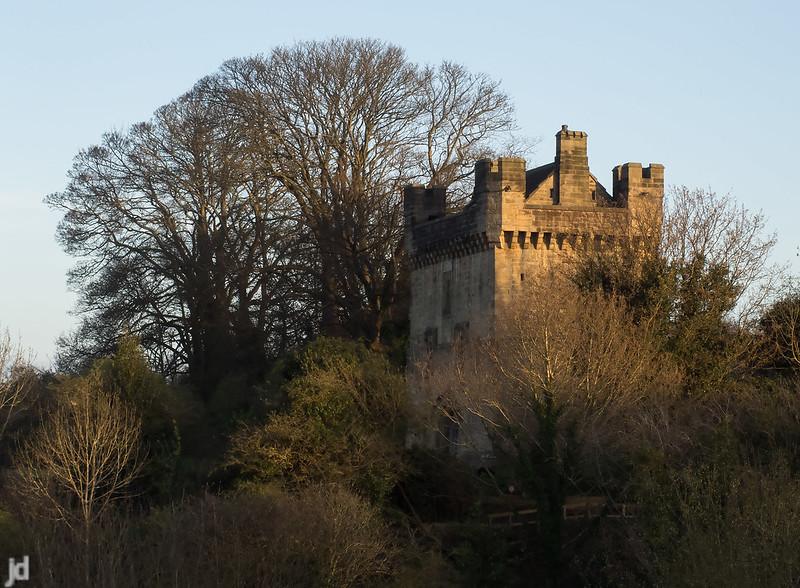
Another notable feature of Morpeth Castle is its impressive tower, which offers panoramic views of the surrounding countryside. This tower, originally built for defence, has been adapted over the years to serve as a lookout point and a symbol of the castle's grandeur.
Visitors can climb to the top of the tower, where they are rewarded with breathtaking vistas of the River Wansbeck and the lush landscapes of Northumberland. The architectural evolution of Morpeth Castle is a fascinating study in itself, as it showcases the changing styles and functions of castles throughout history. From its robust defensive features to its elegant living spaces,
Morpeth Castle encapsulates the essence of medieval architecture while also reflecting the social and cultural shifts that have occurred over the centuries. This blend of history and design makes the castle a captivating site for anyone interested in architecture and heritage.
Exploring the Surroundings: Gardens and Landscapes
The grounds surrounding Morpeth Castle are as enchanting as the castle itself, offering visitors a chance to immerse themselves in the natural beauty of Northumberland. The castle is set within a beautifully landscaped park, featuring manicured gardens, lush lawns, and mature trees that provide a tranquil setting for relaxation and exploration.
The gardens are meticulously maintained, showcasing a variety of seasonal blooms that add colour and vibrancy to the landscape.

One of the highlights of the castle's grounds is the picturesque River Wansbeck, which flows nearby. The river not only enhances the scenic beauty of the area but also provides opportunities for leisurely walks along its banks. Visitors can enjoy the soothing sounds of the water while taking in the stunning views of the castle and its surroundings.
The riverside paths are perfect for a peaceful stroll or a picnic, making it an ideal spot for families and nature lovers. In addition to the gardens and river, the surrounding landscape is dotted with walking trails that lead to nearby parks and natural reserves.
These trails offer a chance to explore the diverse flora and fauna of Northumberland, providing a perfect complement to a visit to Morpeth Castle. Birdwatchers and wildlife enthusiasts will find plenty to admire, as the area is home to various species of birds and other wildlife.
The combination of Morpeth Castle's historical significance and its beautiful surroundings makes it a unique destination for visitors. Whether you're interested in history, architecture, or simply enjoying the great outdoors, the castle and its grounds offer something for everyone.
The serene environment encourages visitors to take their time, soak in the beauty of the landscape, and reflect on the rich history that surrounds them.
Visitor Information: Planning Your Trip to Morpeth Castle
Planning a visit to Morpeth Castle is a straightforward process, with several options available for travellers. The castle is conveniently located in the heart of Morpeth, making it easily accessible by car or public transport. For those driving, there is ample parking available nearby, allowing visitors to explore the castle and its surroundings without the hassle of finding a spot.
Public transport options, including buses and trains, connect Morpeth to major cities in the region, making it a convenient day trip destination.
Experience Days Around Northumberland
The castle is open to the public during specific hours, and it is advisable to check the official website for the latest information on opening times and any special events. Guided tours are often available, providing visitors with an in-depth understanding of the castle's history and architecture.
These tours are led by knowledgeable guides who can share fascinating stories and insights that bring the castle's past to life. In addition to the castle itself, visitors can enjoy a range of amenities in the town of Morpeth. The town boasts a variety of shops, cafes, and restaurants, offering opportunities to sample local cuisine and purchase unique souvenirs.
After exploring the castle, visitors can take a leisurely stroll through the town, enjoying its charming streets and vibrant atmosphere. For those looking to extend their visit, there are several accommodation options available in and around Morpeth.
From cosy bed-and-breakfasts to hotels, visitors can find a range of choices to suit their preferences and budget. Staying overnight allows for a more relaxed exploration of the area, including nearby attractions and natural wonders that Northumberland has to offer.
Holiday Rentals Ideal for Exploring Northumberland
Morpeth Castle is not just a historical site; it is a captivating journey through time that offers insights into the region's past. With its rich history, stunning architectural features, and beautiful surroundings, the castle is a must-visit destination for anyone interested in Northumberland's heritage.
Whether you're exploring the castle's impressive walls, wandering through its gardens, or learning about its storied past, Morpeth Castle promises an enriching experience that will leave a lasting impression. Plan your visit today and discover the charm and history of this remarkable gem in Northumberland.
FAQ’s
What is Morpeth Castle?
Morpeth Castle is a historic fortress located in Morpeth, Northumberland, England. Originally built in the 14th century, it served as a defensive stronghold. Today, the remaining gatehouse of the castle has been restored and is available as a holiday let through the Landmark Trust.
Where is Morpeth Castle located?
Morpeth Castle is located in the town of Morpeth, Northumberland, England. The castle is situated on a hill overlooking the town and the River Wansbeck, offering picturesque views of the surrounding area.
Can I visit Morpeth Castle?
While the main part of Morpeth Castle is not open to the public as a traditional tourist site, the gatehouse is available for holiday stays through the Landmark Trust. However, visitors can explore the exterior and surrounding grounds, and Morpeth itself is a charming town worth visiting.
What is the history of Morpeth Castle?
Morpeth Castle was originally built in the 14th century by the de Merlay family and later passed to the Dacre and Howard families. The castle played a role in various historical events, including the Wars of the Roses and the English Civil War. Today, only the gatehouse survives, as much of the original structure was destroyed over the centuries.
Is Morpeth Castle accessible to visitors with disabilities?
Due to its historic nature and the design of the gatehouse, accessibility may be limited. The castle’s steep hill and narrow, winding staircases could pose challenges for those with mobility issues. It's recommended to contact the Landmark Trust for specific accessibility information before booking.
What are the nearest transportation options to Morpeth Castle?
Morpeth is well-connected by road via the A1, making it easily accessible by car. The town also has a railway station with services to Newcastle and Edinburgh, and bus services that connect to surrounding areas.
